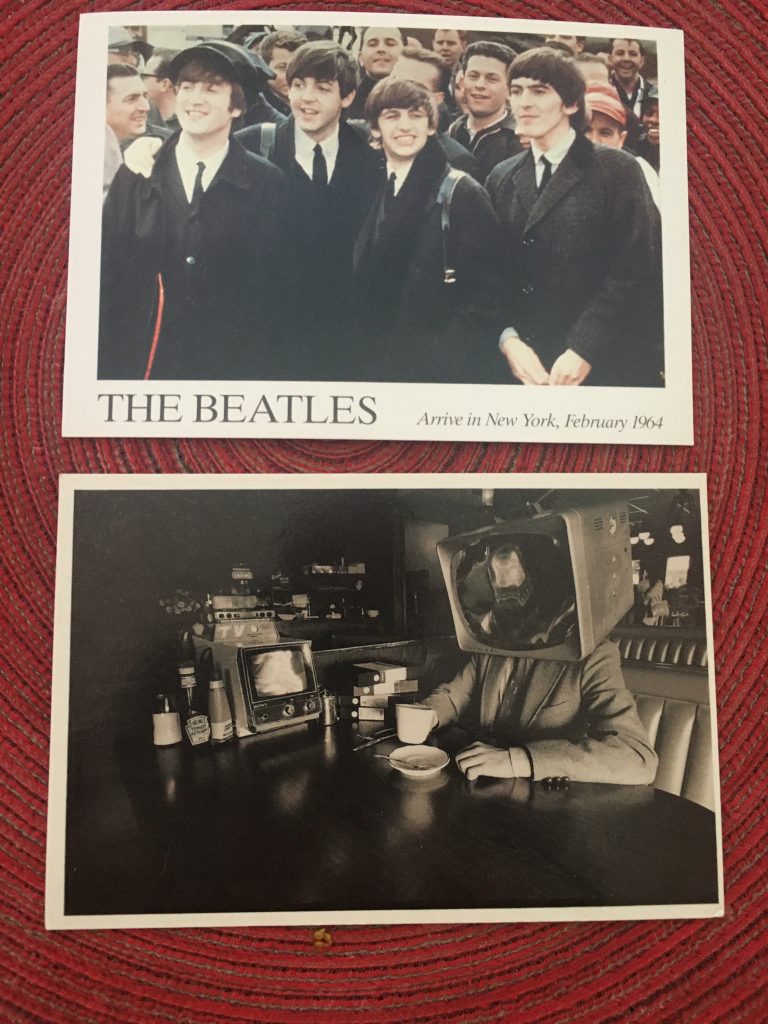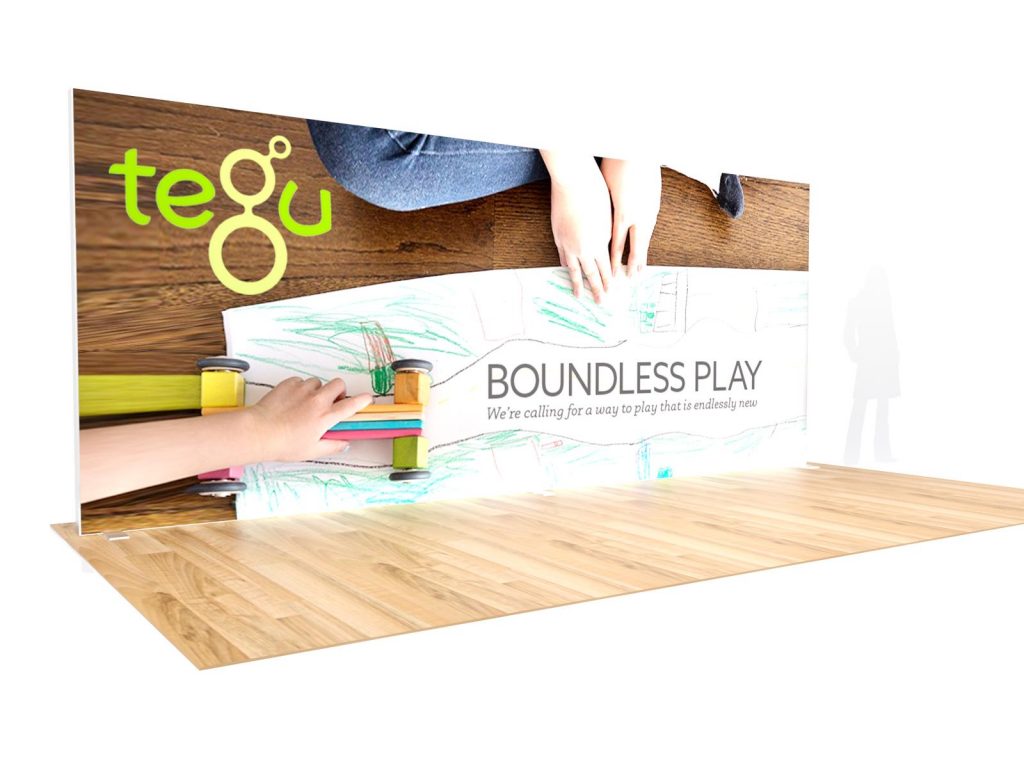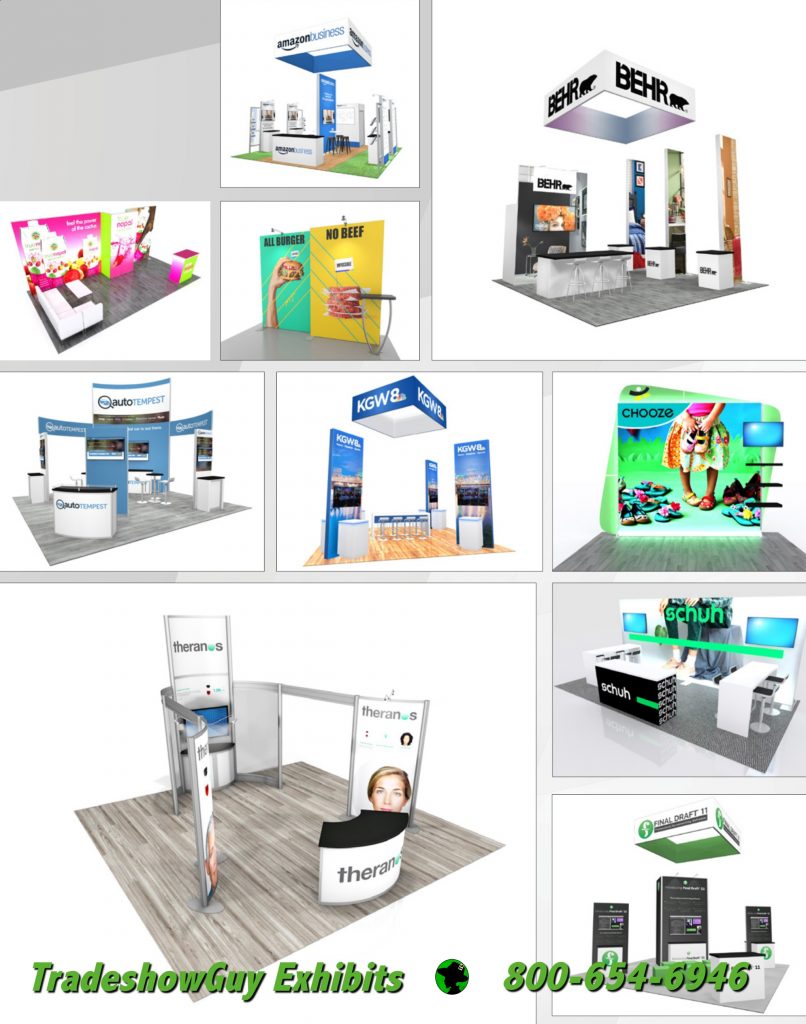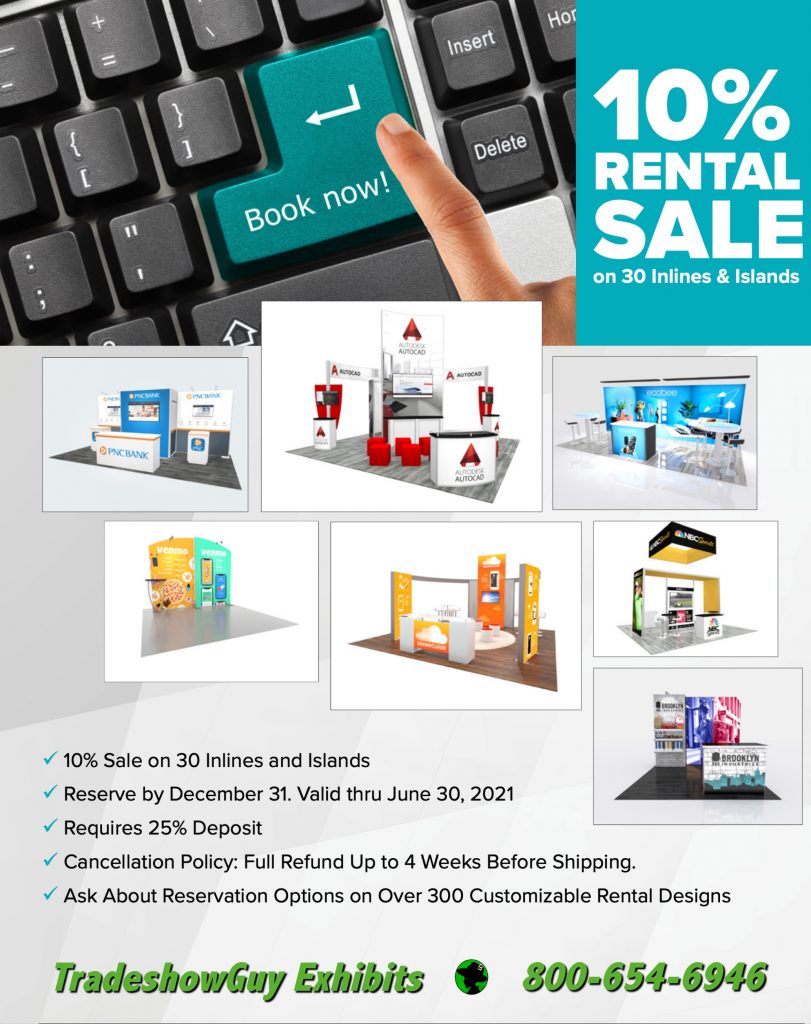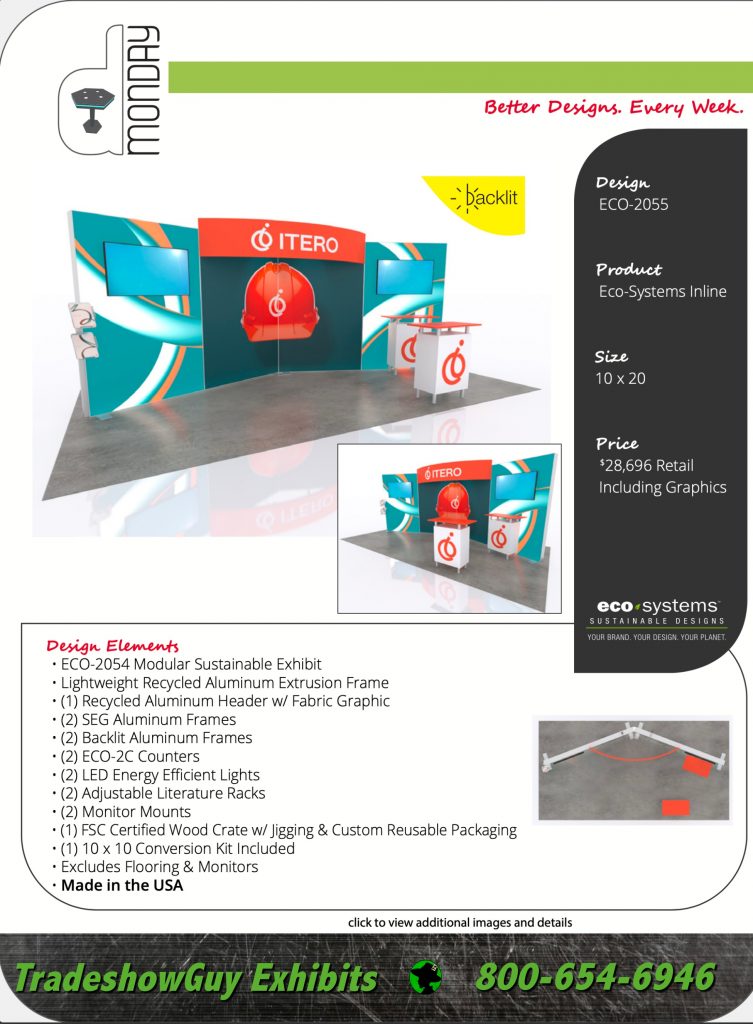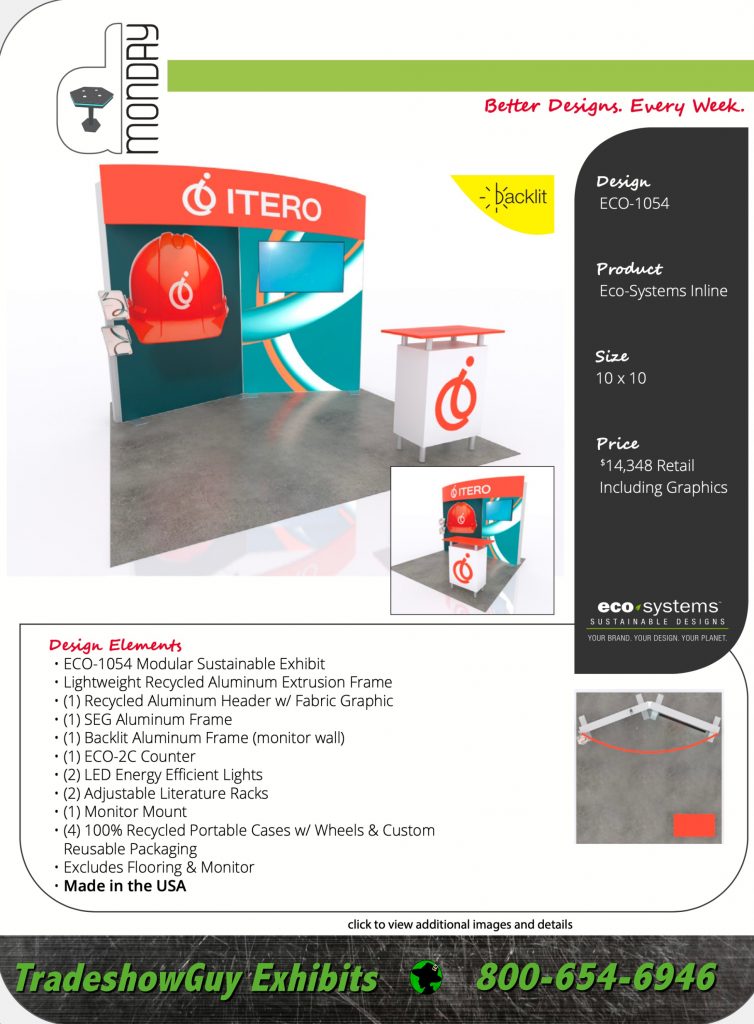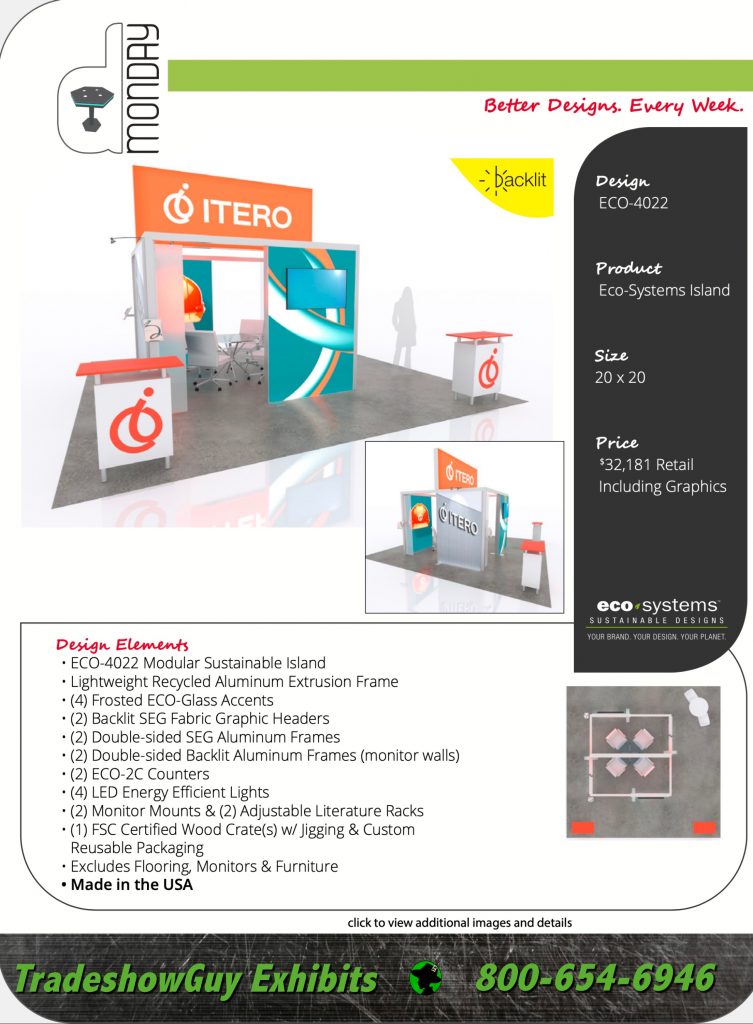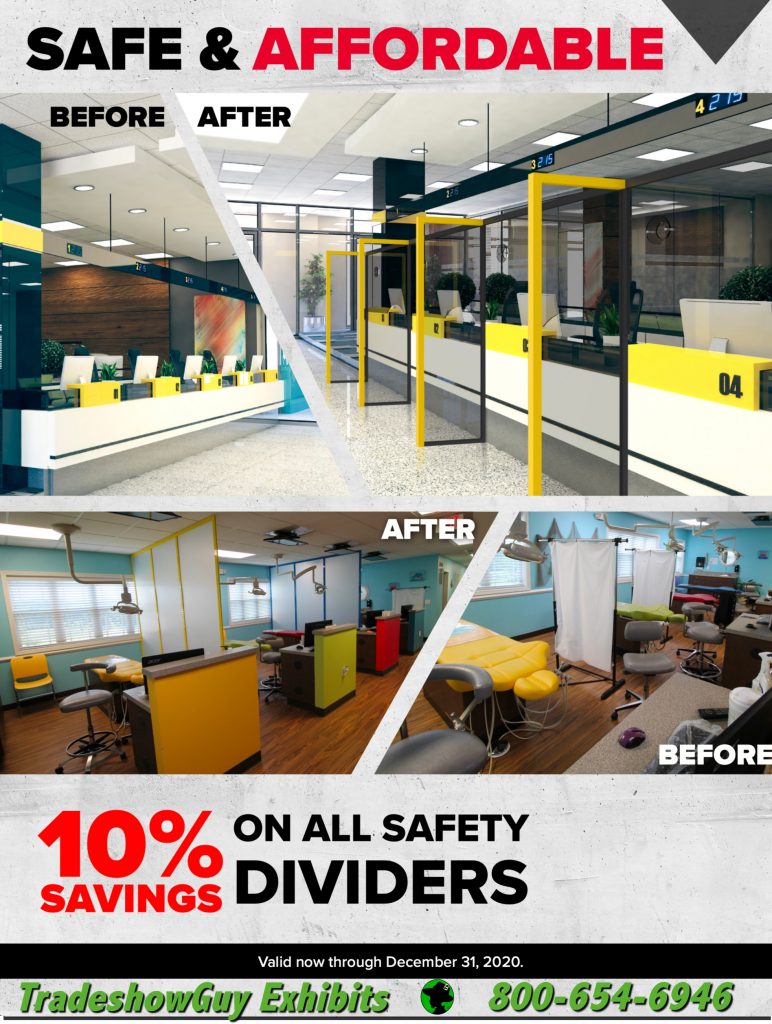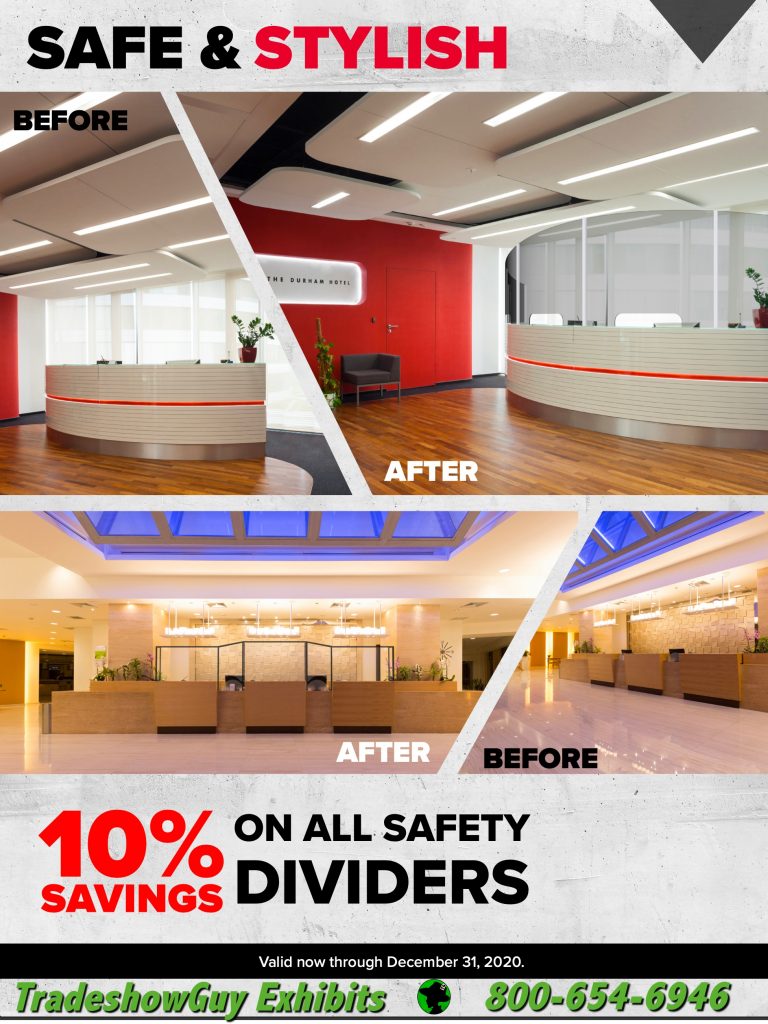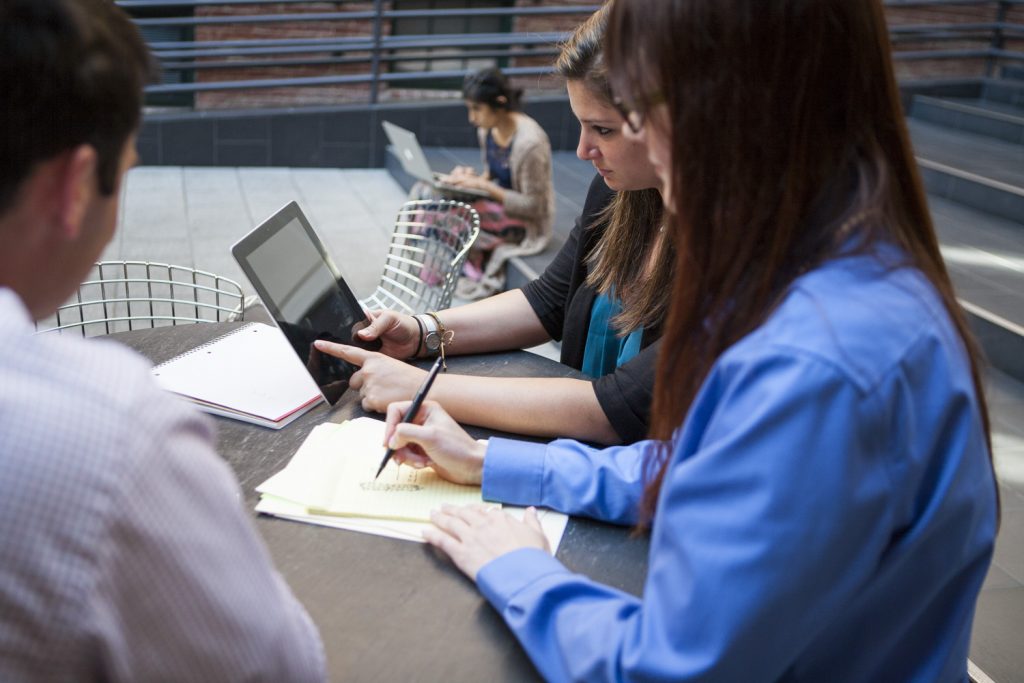Will Time Away from Tradeshows Change Our Marketing Approach?
Now that most companies haven’t exhibited at a major show in the US for nine months or so, where does that leave their marketing efforts? I’ve heard some companies badly miss shows because that’s where a large portion of their lead generation came from and without that they’re struggling to generate as many solid leads. Some companies have shifted to other marketing outlets and been at least moderately successful, and I suppose some companies have even determined that they don’t really need tradeshows.
It’s my impression that there’s always been a bit of perception from many management and sales staff that tradeshows are a grind, a big waste of money and time. That they only attend because their competition is there but if they could they’d bail on exhibiting or even attending shows.
Meanwhile, tradeshow managers are buried in details of exhibiting and logistics and new product launches and are-there-enough-samples and so on.
By the time bigger shows return, it’s likely that at least a year will have passed for many exhibitors since their last appearance at a national or international show, and the question is undoubtedly being asked: are tradeshows still even that important?
That question can only be answered by each company individually based on their own goals, budget and personnel.

One result might be that companies will exhibit at fewer shows. If that’s the case, the focus on the shows should be to make sure that exhibiting is worth their time. Maybe you’ll have the same budget but with fewer shows, you can concentrate on those select handful of shows and make sure you carefully and completely execute all of the tradeshow marketing steps from A to Z to ensure great results.
Another consequence of the coming post-COVID world may mean smaller budgets, which means downsizing your exhibit, or renting an exhibit save a few dollars. Or taking fewer people to shows.
One other change that I believe will be a result of no tradeshows for a year or so: the psychological effect on both exhibitors and attendees. How will we feel, for instance, about shaking hands with people we meet, or hugging old friends that we haven’t seen for a year or two or three? How will food companies hand out samples so that everyone who is picking up a tasty sample is comfortable with it? Will we really feel okay flying across the country to attend a show, stuck in an airplane for hours with strangers? Some will be okay; others may have high levels of anxiety. It’s likely that aisles will be wider, giving more separation between booths and giving attendees more space to keep people at a distant.
Things will change, things are already changing.
I think we’re just seeing the tip of the iceberg.

